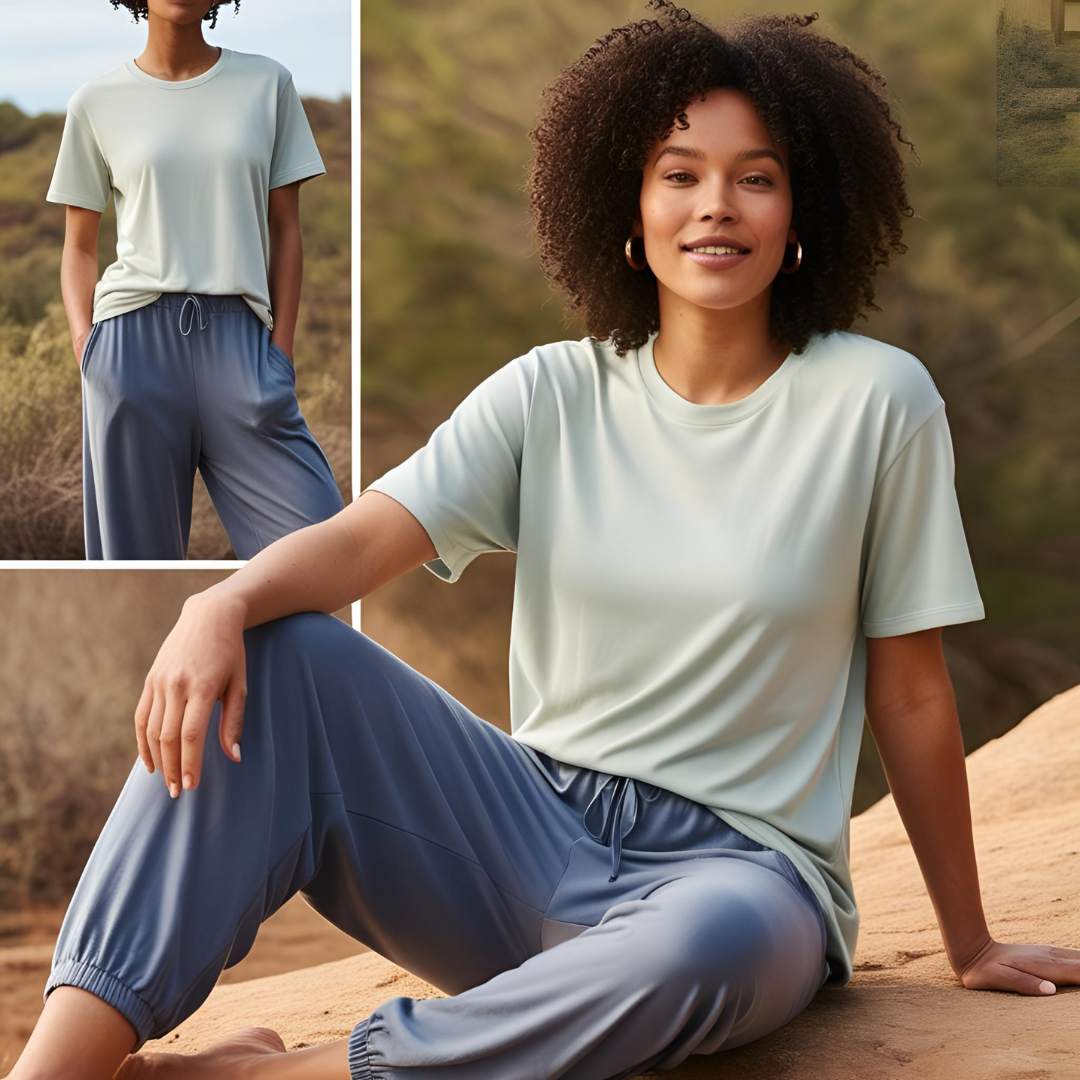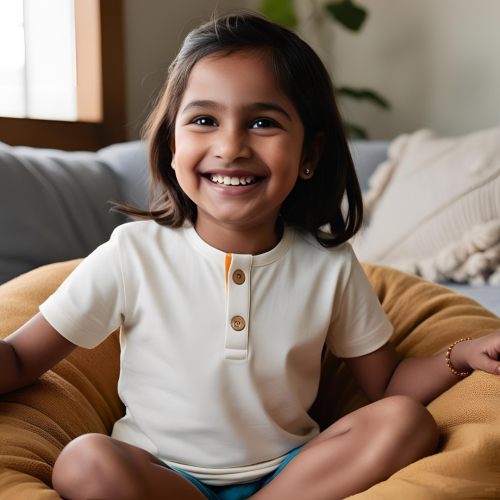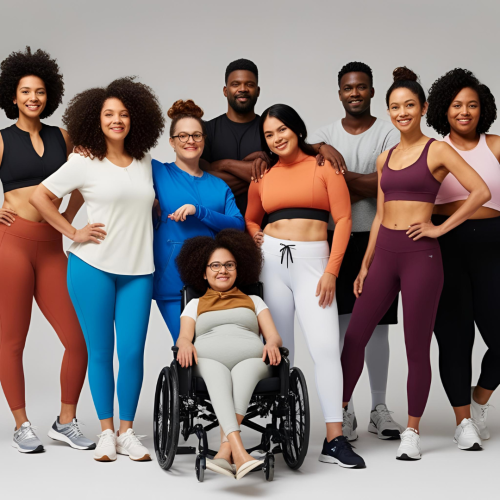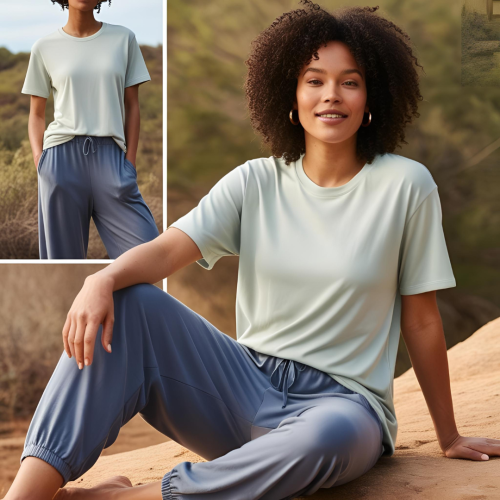Creating a stylish yet sensory-friendly lookbook can be an exciting way to showcase inclusive fashion that is both fashionable and comfortable for people with sensory sensitivities. Whether you’re creating outfits for individuals on the autism spectrum, those with sensory processing disorder (SPD), or anyone looking for more comfortable clothing options, it’s important to blend style and sensory comfort seamlessly. Below are tips on how to build outfits that look great and feel even better, along with suggestions for photo sessions or short video clips to highlight your creations.
Why Create an Inclusive Lookbook?
An inclusive lookbook goes beyond just showcasing trendy clothes—it highlights the importance of considering comfort and accessibility in fashion. For many individuals with sensory sensitivities, typical clothing can be uncomfortable due to:
- Rough fabrics
- Seams and tags
- Restrictive fits
By adapting your wardrobe to suit sensory needs, you help make fashion more accessible to everyone. This lookbook serves as a guide to building stylish, functional outfits that don’t compromise comfort.
Key Features of Sensory-Friendly Outfits
When assembling outfits for an inclusive lookbook, keep in mind these important features of sensory-friendly clothing:
- Soft, Breathable Fabrics
Choose fabrics like organic cotton, bamboo, and modal, which are soft on the skin, breathable, and gentle for those with heightened sensitivities. These materials help avoid irritation that synthetic fabrics might cause. - Seamless or Flat Seams
Seams can cause discomfort, so opt for designs with seamless construction or hidden seams that are soft and smooth. Alternatively, consider using flat-felled seams that don’t rub the skin. - Tagless Clothing
Labels inside clothing can be a major source of irritation. Look for garments with no tags, or opt for clothes with external or printed labels to avoid any discomfort caused by internal tags. - Elastic Waistbands and Adjustable Fits
Tight waistbands can be uncomfortable for individuals with sensory sensitivities. Look for elastic waistbands, stretchy fabrics, or even adjustable waistbands for added comfort without compromising the style. - Calming Colors and Simple Patterns
Bright colors and bold patterns can be overwhelming. Opt for neutral or pastel shades and minimalistic patterns that are visually calming and less likely to cause sensory overload.
Creating Stylish and Comfortable Outfits
When creating your inclusive outfits, aim for a balance between comfort and style. Here are some tips to build fashionable looks that are also sensory-friendly:
1. Casual Cool: Soft Cotton Tee + Loose-Fitting Pants
- Outfit idea: A simple soft organic cotton tee paired with loose-fitting, breathable linen pants. The cotton tee provides a soft touch, while the wide-leg pants offer freedom of movement without feeling restrictive.
- Why it works: Cotton is breathable and gentle on the skin, while the loose fit of the pants ensures comfort and flexibility, making it ideal for daily wear.
Lookbook tip: Capture a laid-back vibe with a short video showing someone relaxing in the outfit while reading a book or sipping coffee, highlighting both the comfort and ease of movement.
2. Relaxed Yet Chic: Flowing Dress with Hidden Seams
- Outfit idea: A flowing midi dress made from soft bamboo fabric with hidden seams. Choose a dress with a simple cut and minimalistic design, such as a soft A-line silhouette.
- Why it works: Bamboo fabric is naturally hypoallergenic and smooth to the touch, and the hidden seams eliminate discomfort often caused by traditional sewing methods.
Lookbook tip: Feature a photoshoot in a natural setting, like a park or garden, with a focus on movement and ease. Film a short video of someone spinning or walking to highlight how the dress moves comfortably.
3. Comfortable Layers: Oversized Sweater + Soft Leggings
- Outfit idea: A cozy, oversized sweater in a neutral tone paired with soft, stretchy leggings. Add a scarf made of breathable cotton or bamboo fabric for a touch of warmth.
- Why it works: The oversized sweater allows for freedom of movement, while the stretchy leggings provide support without feeling tight. The softness of the fabric prevents irritation on sensitive skin.
Lookbook tip: In a short video, showcase how easy it is to slip into this outfit while transitioning between indoor and outdoor activities, emphasizing the versatility of the pieces.
4. Functional Elegance: Sensory-Friendly Jumpsuit
- Outfit idea: A sensory-friendly jumpsuit made from smooth, breathable fabric like organic cotton or bamboo. Choose a design with wide, comfortable straps and a relaxed fit, avoiding zippers or buttons that may cause discomfort.
- Why it works: The jumpsuit is a one-piece solution that’s easy to wear and provides a stylish, put-together look. The soft fabric and adjustable fit ensure maximum comfort.
Lookbook tip: Capture a professional yet relaxed look with a photoshoot in an urban or cozy setting, showing how the jumpsuit works for both casual and semi-formal occasions. Add a quick video demonstrating the ease of putting on and taking off the jumpsuit.
5. Simple Yet Stylish: Long-Sleeve Top + Soft Skirt
- Outfit idea: A long-sleeve, cotton-knit top paired with a soft, flowing skirt made from organic cotton or modal fabric. The skirt should have an elastic waistband for comfort and ease.
- Why it works: The cotton-knit top offers breathability and comfort, while the flowing skirt provides a stylish and comfortable look. The elastic waistband ensures no discomfort around the waist.
Lookbook tip: Use a playful photoshoot to highlight the fluidity of the skirt as someone twirls or enjoys an outdoor activity. Capture both the movement of the skirt and the cozy, comforting feel of the outfit.
Showcasing Your Inclusive Lookbook
Whether you’re creating a photo gallery or a short video series, the key to showcasing your inclusive outfits is to highlight both their aesthetic appeal and sensory benefits. Here are some ways to effectively present your looks:
- Photo Sessions:
Ensure your photo shoot focuses on natural, relaxed poses that show the outfit’s comfort. Capture images that demonstrate how the clothing moves and how it makes the wearer feel at ease. - Short Video Clips:
Create short, engaging videos that showcase the outfits in motion. Show the versatility of each piece by featuring various activities, from sitting and relaxing to walking and stretching. - Real-Life Testimonials:
If possible, include individuals who wear sensory-friendly clothing in your lookbook. Their authentic reactions to the outfits add a human touch and provide valuable insights into the clothing’s comfort level.
Creating an inclusive lookbook is not just about showcasing clothing—it’s about telling a story of comfort, accessibility, and style for those with sensory sensitivities. By incorporating soft fabrics, thoughtful designs, and inclusive fashion choices, you can create outfits that are both visually appealing and comfortable to wear. Whether it’s for daily use or special occasions, these sensory-friendly outfits can empower individuals to express themselves confidently, all while feeling their best.





